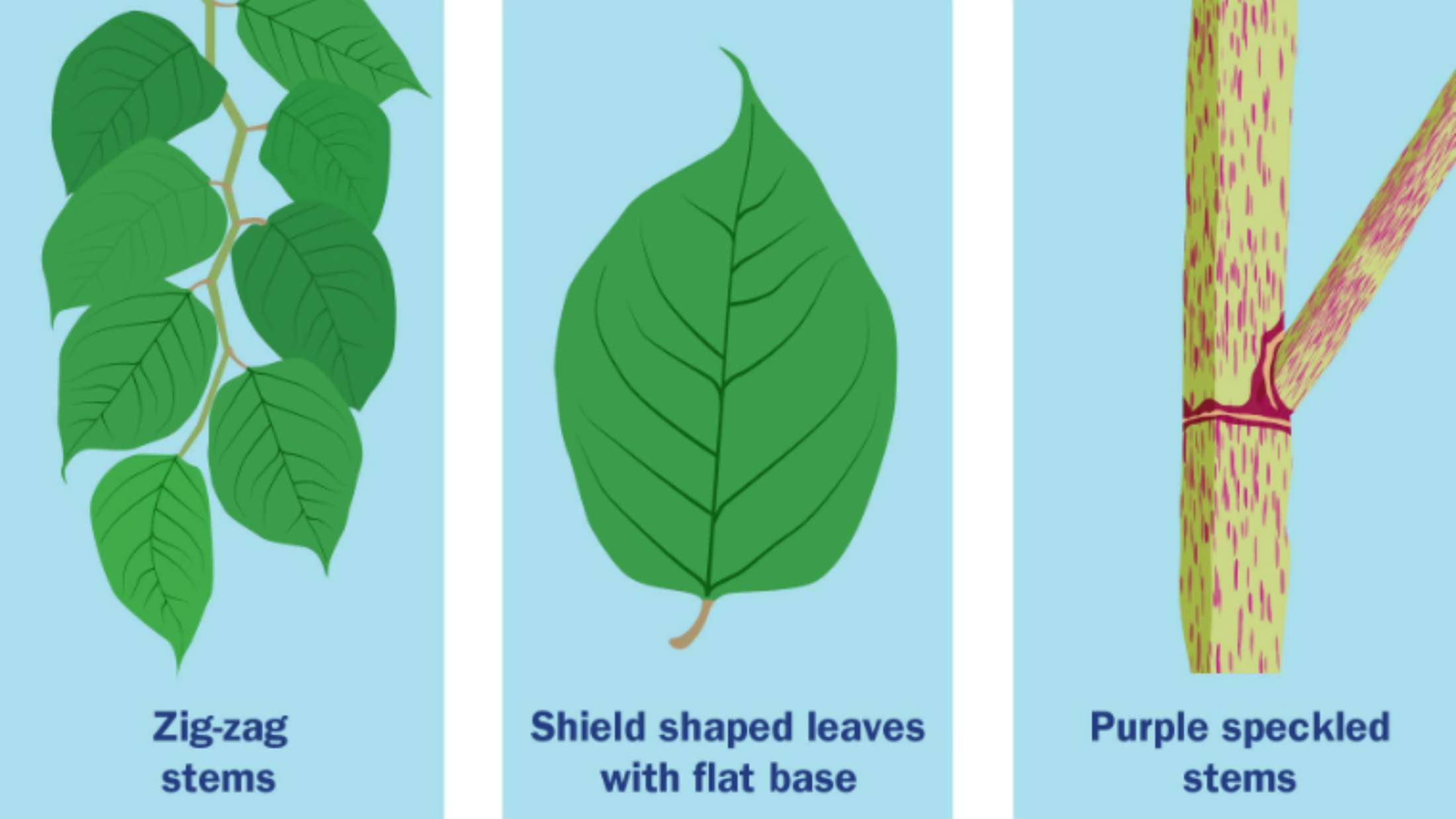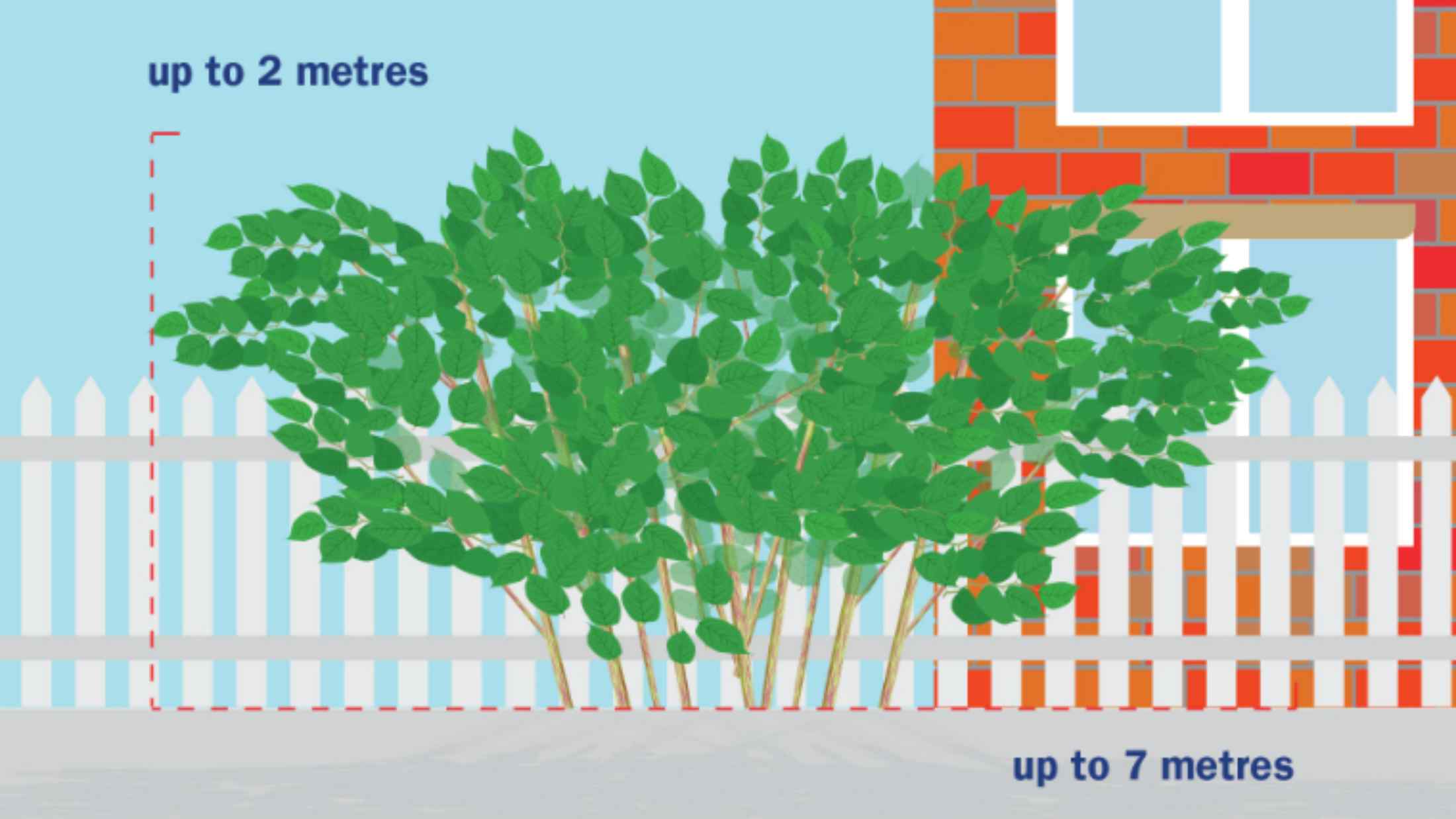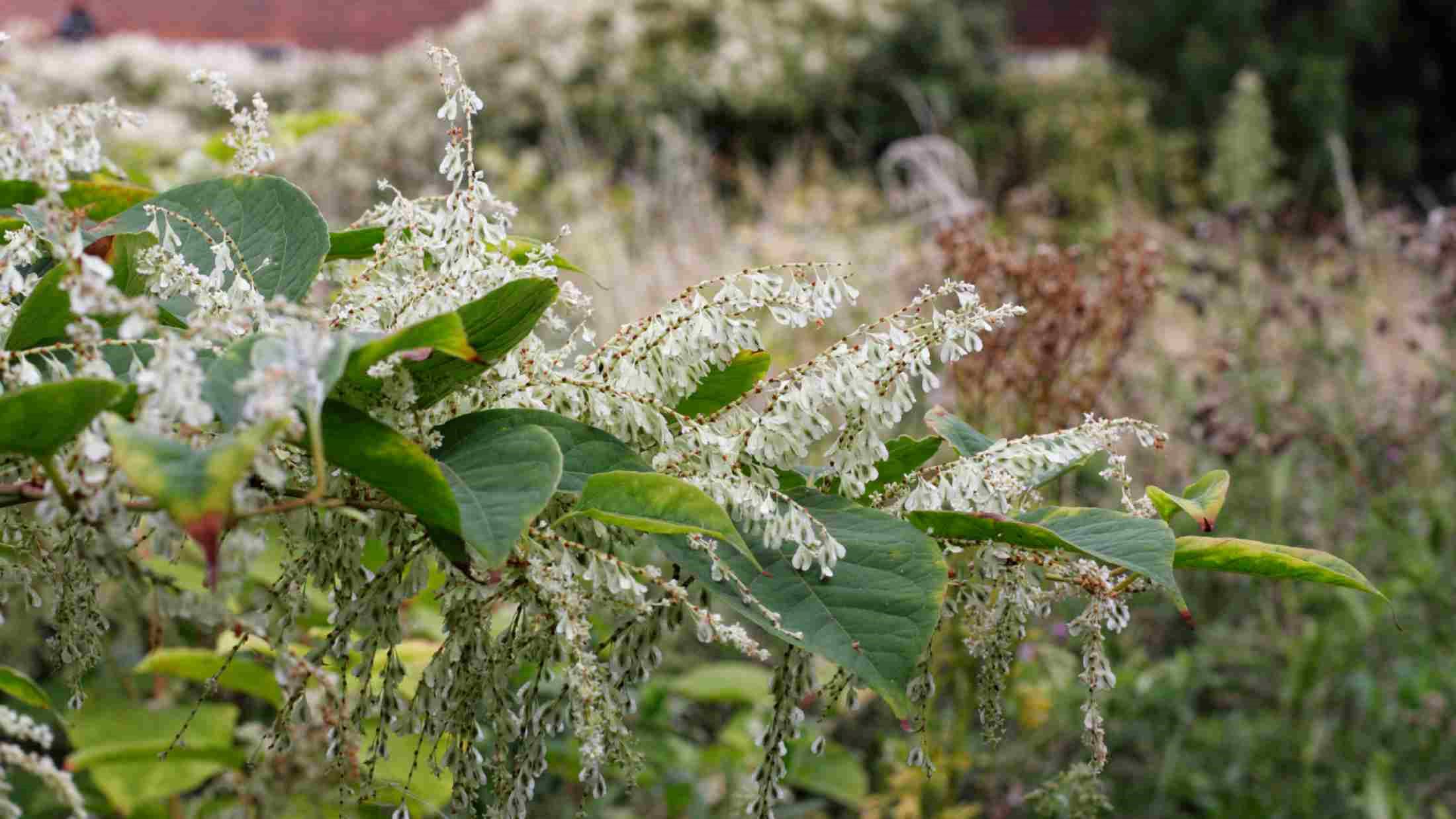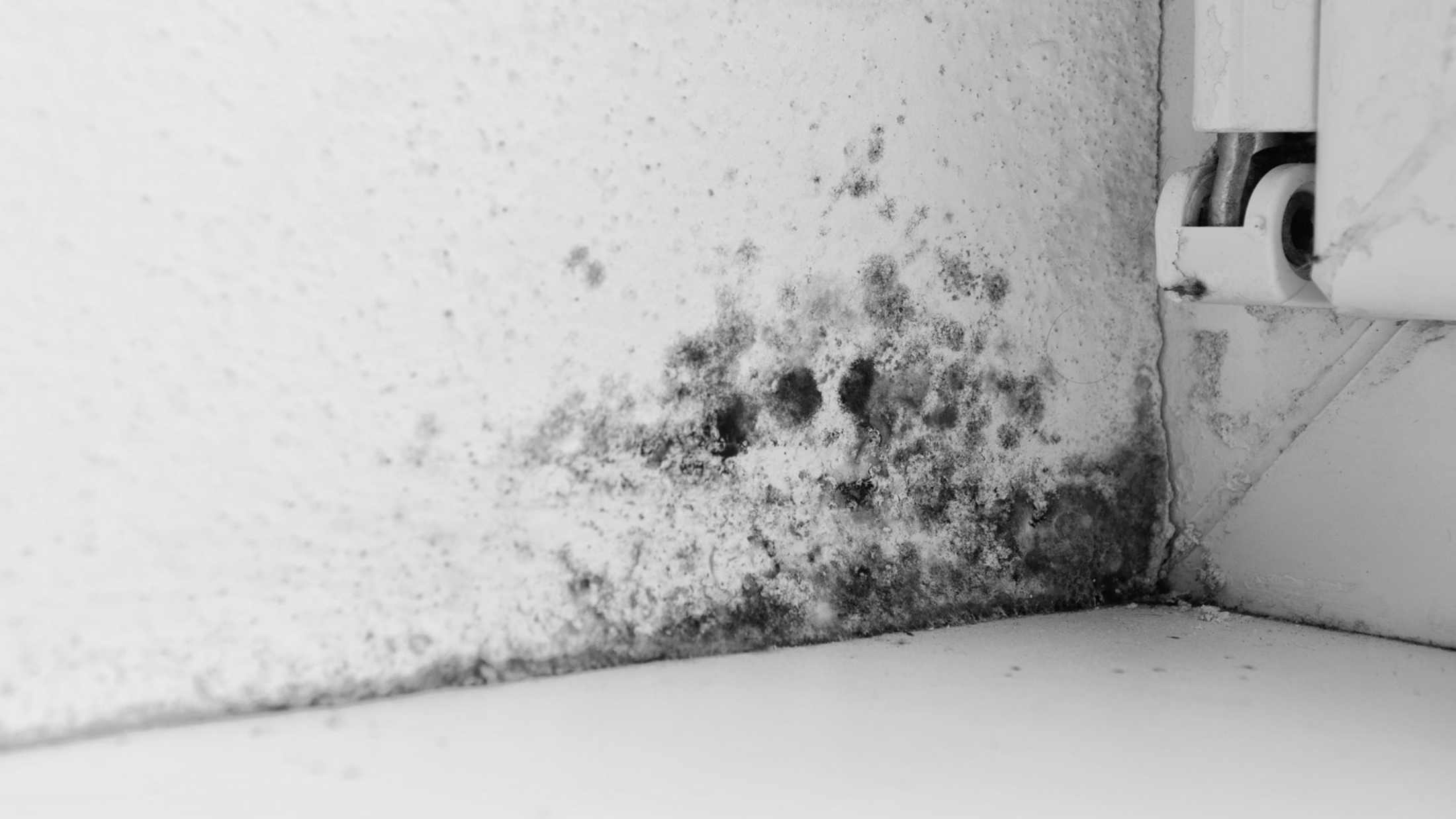Japanese knot-weed is an invasive, non-native plant. If allowed to spread, it can cause serious damage to your property: here's a guide to getting rid of it.
It may sound dramatic, but Japanese knot-weed is considered such a menace to buildings and local plants that the government requires everyone do their bit to control this weed. To help you do just that, we’ve put together a guide to understanding, identifying and eradicating knot-weed:
- What is knot-weed?
- What does knot-weed do?
- What does the law say about knot-weed?
- How to get rid of Japanese knot-weed
What is knot-weed?
Japanese knot-weed was brought from Japan to the UK in 1825 as an attractive addition to the nation’s gardens. It’s an herbaceous perennial, which means its stems are succulent rather than woody, and that it dies back into the ground during cold weather before growing again in the spring.
It has thick, bamboo-like shoots, broad green leaves and produces creamy-white flower tassels in late summer or early autumn.
You can identify knot-weed by its key features:
- Zig-zagging, purple-flecked stems with evenly-spaced nodes (the ridges from which the leaves/branches grow)
- Shield-shaped, lush green leaves, which grow to be 10-15cm (4-6 inches) long, with a flat base
- Thick rhizomes (roots) at the base, with an orange interior
- Off-white flower tassels reaching up to 15cm (6 inches) in length

What does knot-weed do?
Japanese knot-weed is considered a pest because of its strength. The plant can grow through tarmac, and there are some recorded cases of it growing through concrete. And because it spreads via underground rhizomes, which expand up to 7m (23ft) horizontally, it may even compromise foundations. As a result, many banks refuse to offer a mortgage if Japanese knotweed is found nearby and your property’s resale value can fall.
The problem is made worse by how fast the plant grows. During spring it can shoot up from nothing to more than 2.1m (7ft), far exceeding the growth of native plants. This makes it easy for knot-weed to take over the areas it’s introduced to.
Japanese knot-weed removal is a tricky business once it's settled. In fact, it can take three years of chemical treatment just to make a single plant dormant; and if its dug up, there are strict regulations about who can dispose of it and how. This is because a single, small piece of rhizome or node is enough for a new plant to take root.

What does the law say about knot-weed?
It’s not illegal to have knot-weed in your garden. It is, however, controlled by Wildlife and Countryside Act 1981 and an amendment to the Anti-social Behaviour, Crime and Policing Act 2014, which say that you mustn't plant or cause them to grow in the wild.
It sounds easy enough, but it means you have to be really careful with how you move and/or dispose of your soil and plant cuttings, because of how easily the plant regrows from small segments. That’s why knot-weed is classified as ‘controlled waste’ under the Environmental Protection Act 1990.
It’s a serious matter if you break these laws. You can be fined up £2,500 (companies can be fined up to £20,000), receive an anti-social behaviour order (Asbo) or even receive a prison sentence in some instances.
How to get rid of Japanese knot-weed
Digging out is possible, but because of the depth and spread of the root networks, it may require several seasons of digging to destroy the plant if you do it yourself.
All the knot-weed you dig up must be disposed of at a licensed landfill or registered waste carrier, or dried out and incinerated. You can do this yourself if your council allows it, but make sure every piece of the plant is completely burnt down, with no green or wet material left. Then bury the remains. Never dispose of knot-weed in normal household waste or collected garden waste, as this is illegal. Alternatively, there are specialist contractors who can complete the whole process for you.
Chemical treatments take longer to control knot-weed, usually between two and three years. If you want to treat it yourself, the Royal Horticultural Society (RHS) recommends spraying a glyphosate-based weedkiller onto the foliage or cut stems each summer, or in May if the plant is unimaginably large by summer, until the plant has died down. Again, there are specialists who will be certified to use stronger chemicals to destroy the plant; though it will still require multiple treatments.
Biological control is possible. The plant is controlled in its native Japan by local insects called psyllids, and some have been released in the UK. However, the project is still being monitored and the insects aren’t yet widespread, or available to gardeners.













